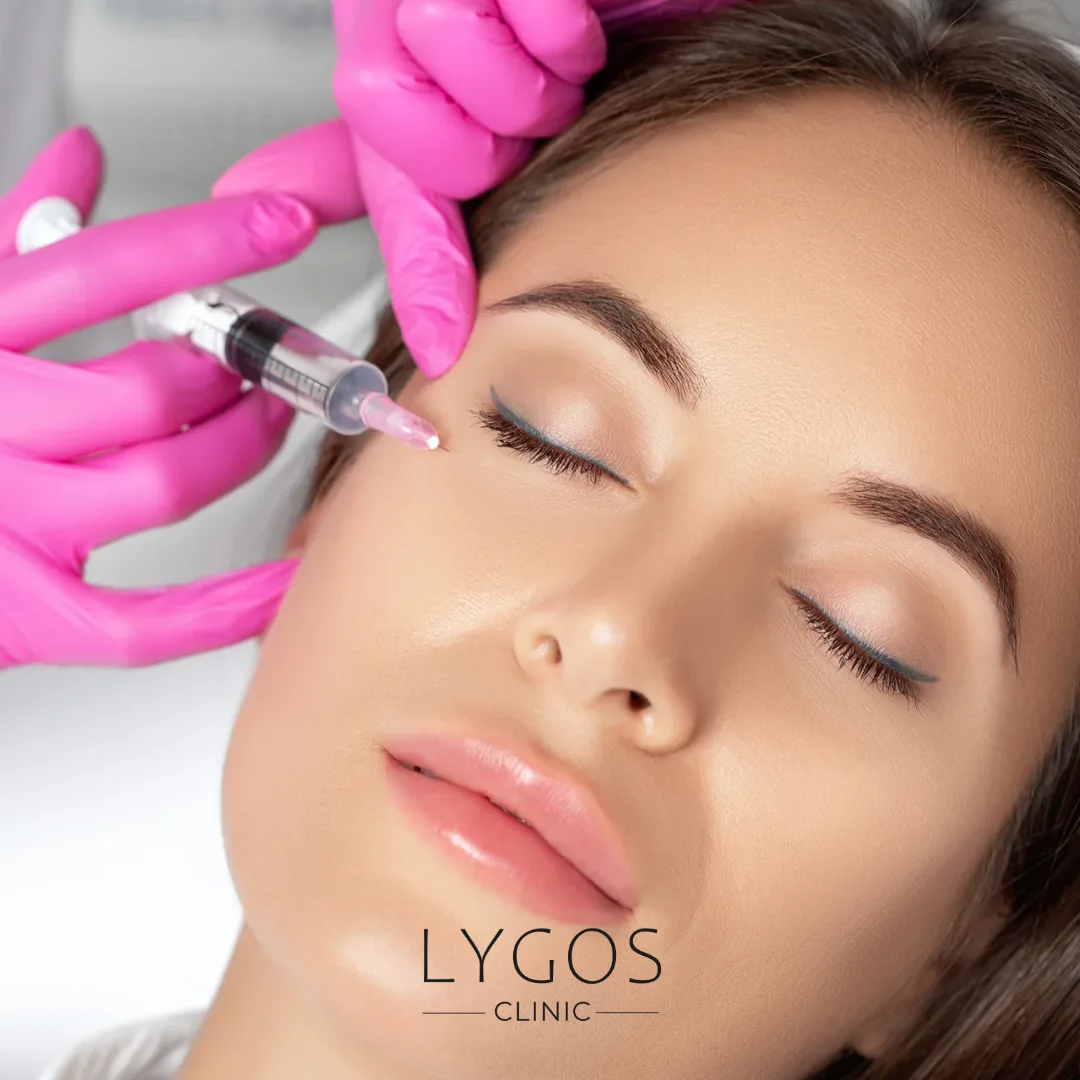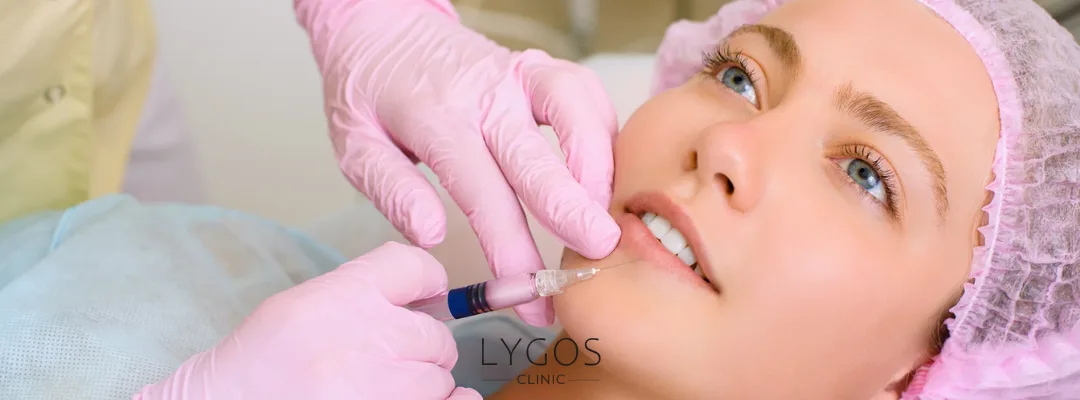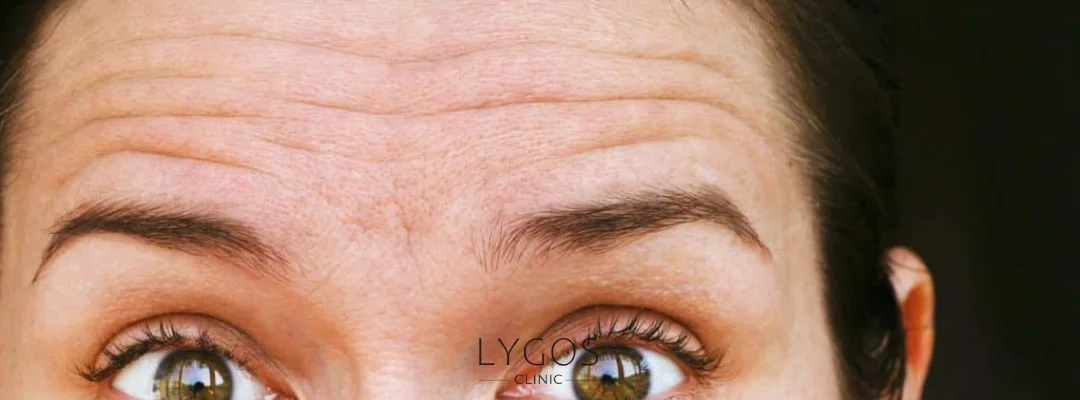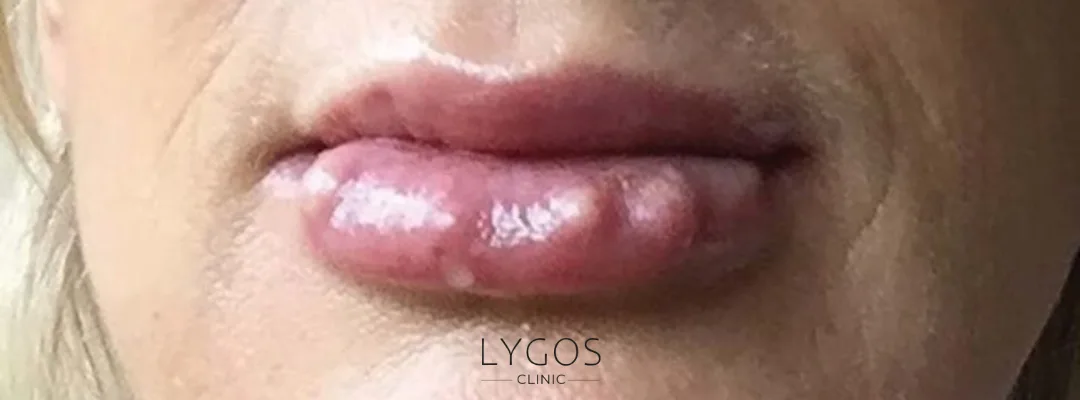Dermal Fillers vs Fat Grafting

Chose Your Topic
Dermal Fillers vs Fat Grafting
Aesthetic procedures are increasingly popular today for people who want to reduce signs of aging and enhance facial features more attractively. Among these methods, Dermal Fillers vs Fat Grafting stand out for those seeking natural and lasting results in facial aesthetics. In this article, we will explore what dermal fillers and fat grafting are, their differences, when they are used, and possible risks in detail.

What Are Dermal Fillers?
Dermal fillers are aesthetic treatments where biocompatible substances such as hyaluronic acid, calcium hydroxyapatite, or poly-L-lactic acid are injected under the skin. Dermal fillers can soften wrinkles, enhance lips, and make facial contours more defined.
They are especially used to add volume to the cheekbones, jawline, nose, and lips. The procedure is usually performed under local anesthesia, completed quickly, and has a very fast recovery period. Therefore, dermal fillers are ideal for individuals with a busy schedule.
The effects generally last between 6 to 18 months, allowing individuals to maintain their desired aesthetic appearance for an extended period. Compared to fat grafting, dermal fillers have a shorter duration but provide greater control and symmetry during the procedure.
What Is Fat Grafting?
Fat grafting involves harvesting fat from the patient’s own body, processing it, and injecting it into areas of the face or body that require volume. This method is highly advantageous for those seeking natural results.
Fat grafting not only adds volume but also improves skin elasticity, resulting in a younger appearance. Fat is collected via liposuction, purified, and then applied to the target area. This allows excess fat from one part of the body to be aesthetically repurposed.
Compared to dermal fillers, fat grafting usually provides longer-lasting results, as the injected fat survives and integrates naturally with the surrounding tissue. However, the procedure and recovery period may be longer than dermal fillers.
Differences Between Dermal Fillers and Fat Grafting
The main differences between dermal fillers and fat grafting are the material used and the longevity of the results:
|
Feature |
Dermal Fillers |
Fat Grafting |
|---|---|---|
|
Source |
Synthetic or biocompatible |
Patient’s own fat |
|
Longevity |
6-18 months |
2 years or more |
|
Procedure Time |
Short (30-60 minutes) |
Longer (1-2 hours) |
|
Natural Look |
Moderate |
High |
|
Recovery Time |
Fast |
Medium to long |
These differences play a crucial role in deciding which method to choose. Those seeking short-term aesthetic solutions may prefer dermal fillers, while those seeking long-lasting and natural results may choose fat grafting.

When Are Dermal Fillers Preferred?
Dermal fillers are primarily used for areas with volume loss or prominent wrinkles. Common applications include:
Forehead and Glabellar Lines: Reduce the appearance of deep wrinkles.
Under-Eye Hollows: Minimize tired or aged appearance.
Lip Augmentation: Define lip contours and add volume.
Cheekbones and Jawline: Shape facial contours and emphasize facial features.
Dermal fillers are fast, effective, and low-risk, making them a frequent choice in aesthetics. For quick and controlled results, dermal fillers are more suitable than fat grafting.
When Is Fat Grafting Preferred?
Fat grafting is ideal for those seeking natural and long-lasting results. It is particularly effective in areas with facial volume loss:
Facial Volume Restoration: Corrects age-related volume deficiencies.
Cheeks and Jawline: Provides natural and lasting contour.
Skin Elasticity Improvement: Enhances skin plumpness and vitality.
Lip and Cheek Augmentation: Offers soft and natural results.
Fat grafting can provide effective results in a single session, and because it uses the patient’s own tissue, the risk of allergic reaction is minimal. Compared to dermal fillers, it is the preferred method for a natural and long-lasting solution.

Risks and Side Effects
Like any aesthetic procedure, dermal fillers and fat grafting carry some risks:
Dermal Filler Risks:
Temporary bruising or swelling
Mild tenderness at the injection site
Rarely, infection or allergic reaction
Fat Grafting Risks:
Swelling and bruising after the procedure
Partial resorption of the injected fat
Rarely, uneven or lumpy appearance
In both procedures, having an experienced aesthetic surgeon or dermatologist perform the treatment minimizes risks. Proper technique and hygiene greatly reduce the likelihood of complications.
Both Dermal Fillers vs. Fat Grafting are widely used and considered safe in aesthetic medicine. Dermal fillers are suitable for short-term, symmetrical results, while fat grafting provides natural and long-lasting outcomes. The choice of method depends on the patient’s aesthetic goals, budget, and expert recommendations.
Both procedures effectively enhance facial contours, reduce wrinkles, and improve skin appearance. Consulting with an experienced specialist ensures safe and aesthetically satisfying results.
Dermal Fillers vs Fat Grafting Frequently Asked Questions (FAQ)
Dermal fillers contain synthetic or biocompatible materials, whereas fat grafting uses fat harvested from the patient’s own body. Dermal fillers last 6-18 months, while fat grafting provides longer-lasting, natural results.
Fat grafting is longer-lasting because the fat integrates naturally with the tissue. Dermal fillers generally last 6-18 months.
Both procedures are usually performed under local anesthesia, so pain is minimal. Mild discomfort or pressure may be experienced.
Bruising or swelling after dermal fillers usually resolves within 2-5 days, while after fat grafting, mild swelling and bruising may last 1-2 weeks.
Most people are suitable, but those with serious health problems or bleeding disorders may be at risk. Eligibility is determined during a doctor’s consultation.


